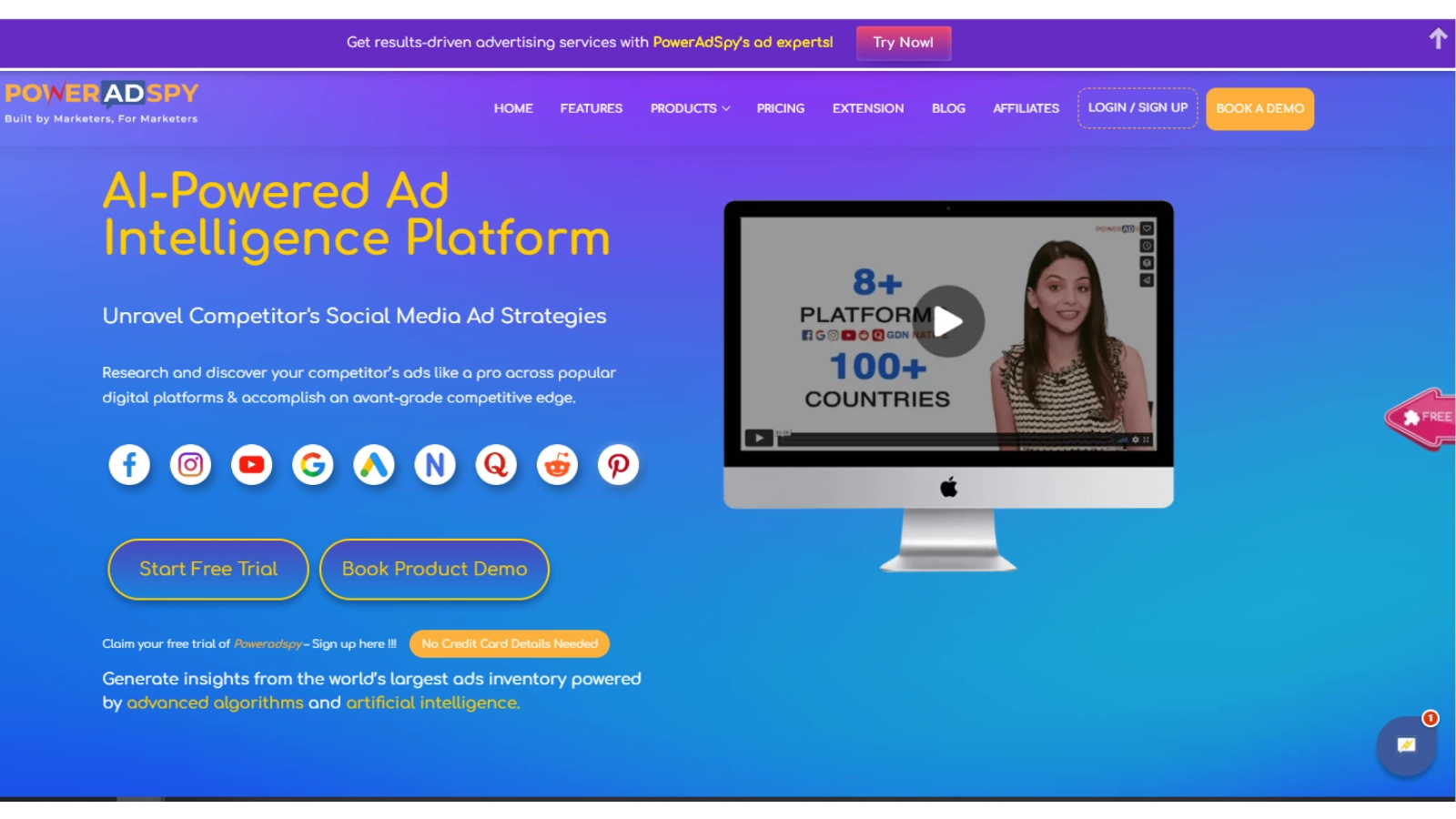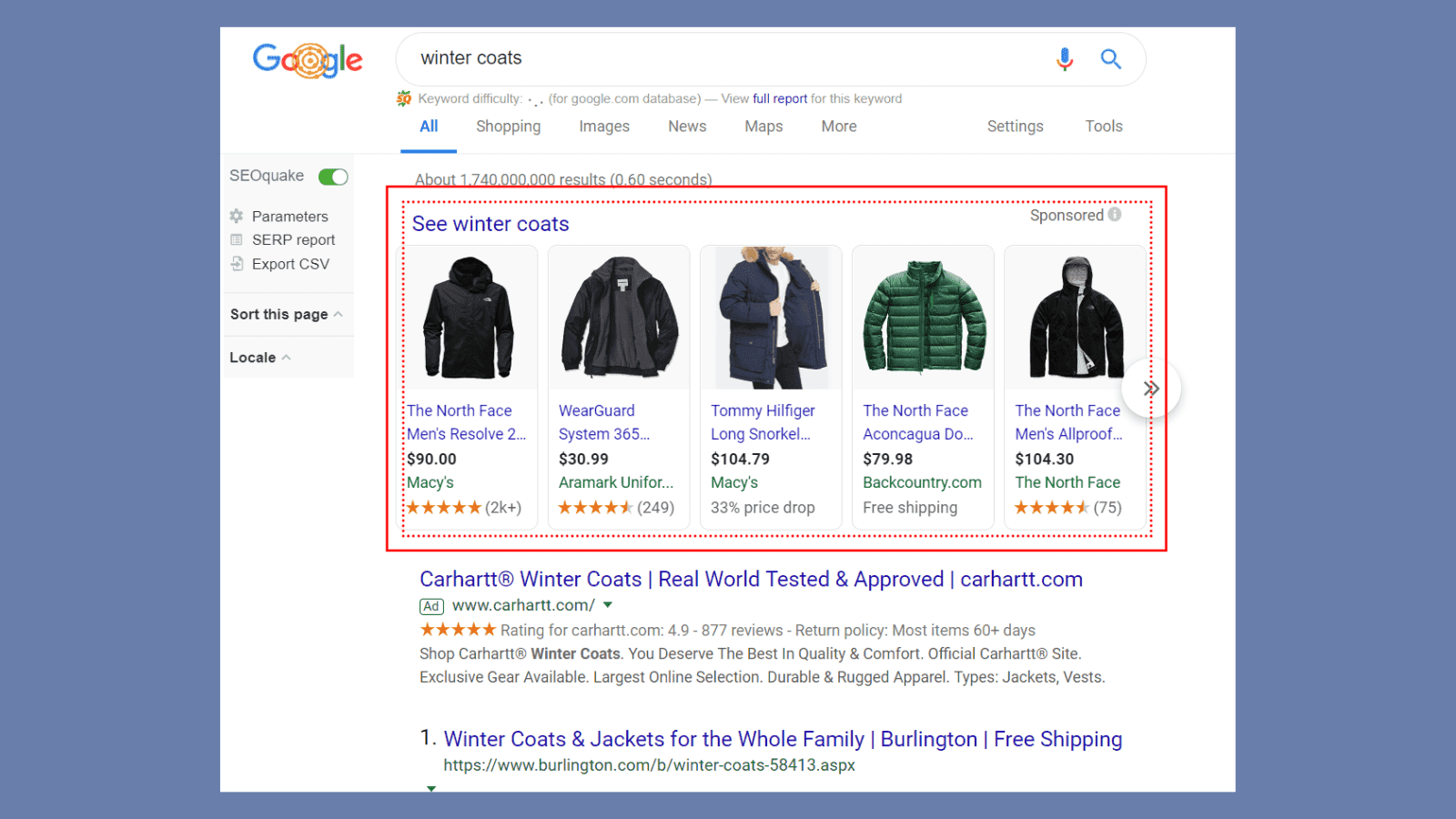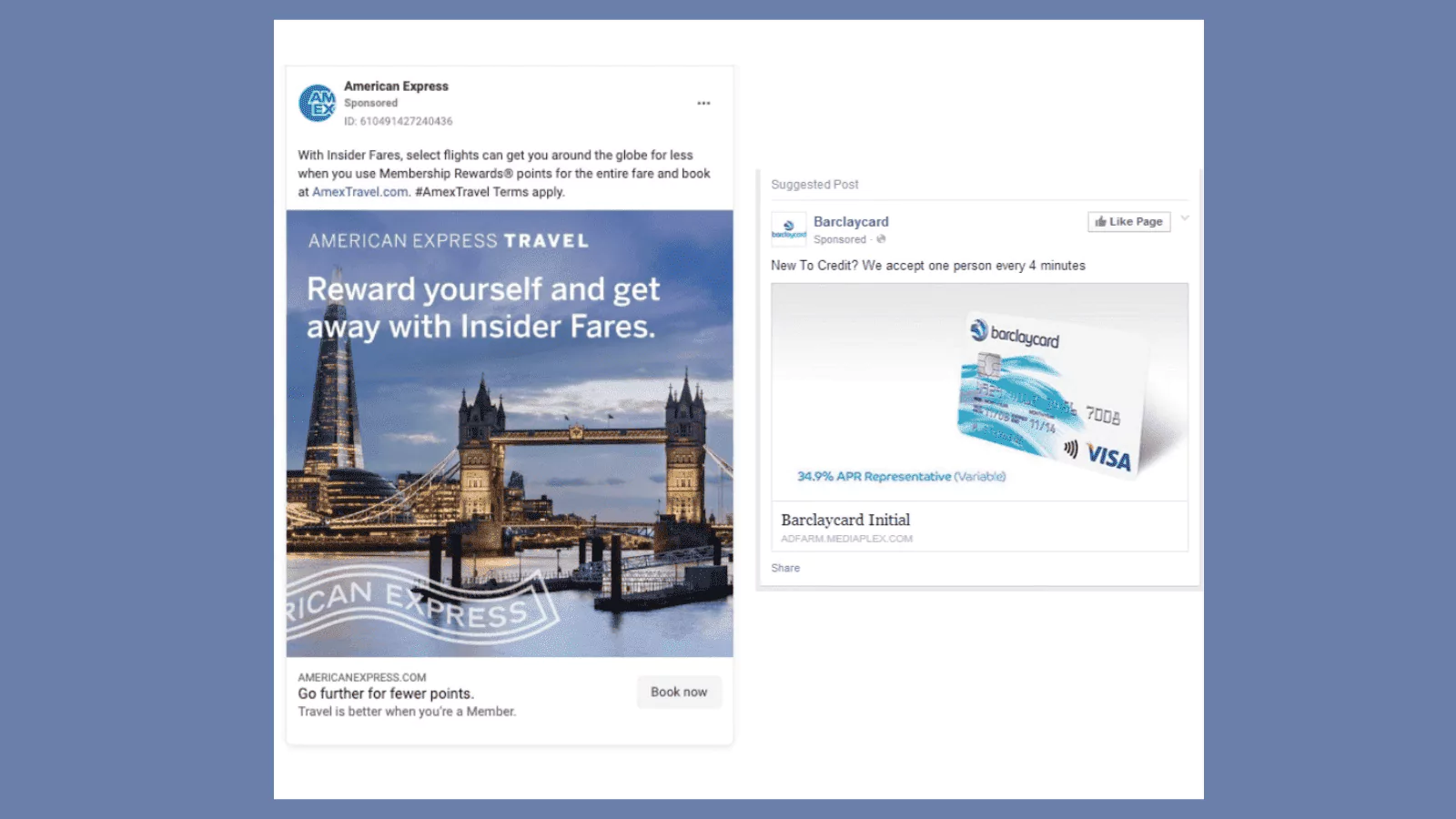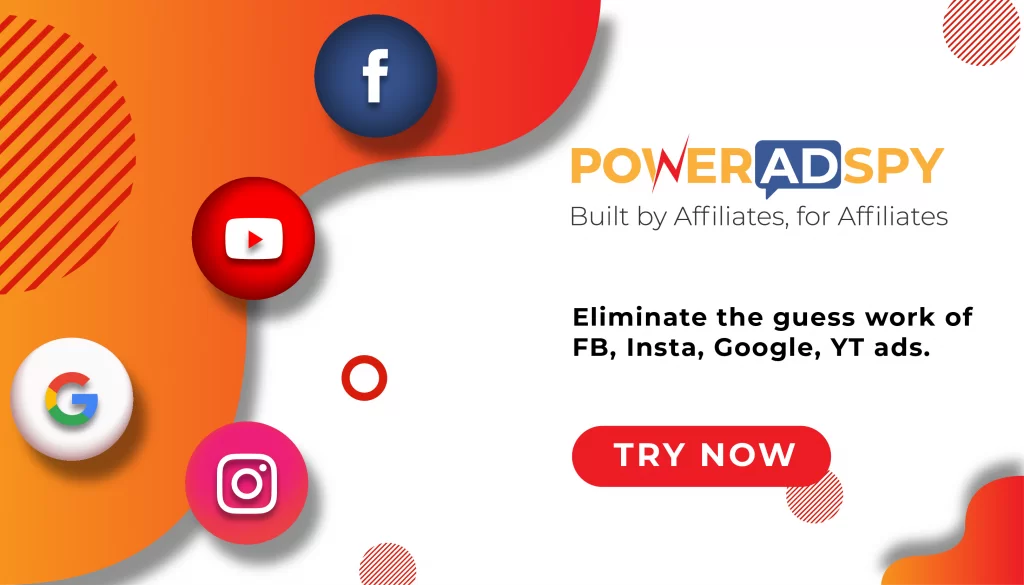7 Cost-Effective Ads Types For Small Businesses
We know the struggle – you’ve got a fantastic product or service, but a tight budget for getting the word out. Well, fret not, because today, we’re spilling the beans on seven game-changing effective ads types that won’t drain your wallet.
We’re talking about strategies that pack a punch without leaving a dent in your finances. From Google’s nifty Search Ads to the visual charm of Facebook ads and YouTube’s social magic, we’ve got the lowdown on cost-effective ads that work wonders for small businesses.
In this blog, we’ll explore the seven most cost effective advertising types that can help your small business thrive.
We’ll also answer the crucial question, “What is the best form of advertisement?” and delve into what makes advertising truly effective. Get ready to supercharge your marketing without breaking the bank –
let’s dive in!
Listen To The Podcast Now!
What Makes Advertising Effective?

Before we dive into the specific digital advertising types, let’s first understand what makes advertising effective. effective ads go beyond flashy graphics and catchy slogans.
It is about reaching the right audience, delivering a compelling message, and ultimately driving action, whether it’s making a purchase, signing up for a newsletter, or visiting your website.
Here are some key factors that contribute to effective ads:
Targeted Audience:
Effective ads begin with knowing your audience. You need to understand your customers’ demographics, interests, and behaviours to create ads that resonate with them.
Clear Message:
Your advertising message should be concise, clear, and memorable. It should highlight the benefits of your product or service and solve a problem for your audience.
Visibility:
Your ads need to be where your audience spends their time. Whether it’s on social media, search engines, or local publications, being in the right place is crucial.
Consistency:
Consistency in branding and messaging across different advertising channels helps build trust and recognition.
Call to Action (CTA):
Every effective ad includes a CTA that tells the audience what to do next, whether it’s “Shop Now,” “Learn More,” or “Contact Us.”
Now, let’s explore the seven most cost-effective ads types that encompass these principles.
What Are The Benefits Of Going Digital?
Before diving into specific advertising types, it’s essential to understand the benefits of going digital. The digital realm has revolutionized advertising, making it more accessible and affordable for small businesses.
This is how digital advertising offers several distinct advantages:
Cost-Effective:
Digital advertising stands out for its cost-effectiveness in comparison to traditional channels. It allows businesses to reach equivalent or larger audiences while incurring only a fraction of the costs associated with traditional advertising methods.
Precise Tracking and Flexibility:
Digital advertising offers comprehensive tracking, enabling businesses to monitor metrics like CPC, website traffic, bounce rates, impressions, conversions, and cost-per-conversion. This data empowers businesses to optimize campaigns.
Instant Ad Updates:
Digital ads are easily updated. For example, to modify a Google ad, businesses log in, make changes, refresh the ad, and the updates take effect instantly. This ensures timely and relevant messaging.
By harnessing the power of online advertising platforms, businesses can target their audience with precision and measure the effectiveness of their campaigns.
One tool that can be incredibly helpful in the digital advertising realm is PowerAdSpy.
Competitor Research With PowerAdSpy
PowerAdSpy is an AI-based competitor ads intelligence platform that allows businesses to spy on their competitors’ ads and discover effective ads strategies.
It enables small businesses to stay ahead of the curve by gaining insights into what’s working for their competitors and adapting their own advertising strategies accordingly.
With PowerAdSpy, small businesses can identify the most cost effective ads approaches used by their competitors and apply similar tactics to their campaigns. This tool empowers businesses to save time and money while maximizing the impact of their advertising efforts.
Now, let’s delve into the various cost-effective ads types of digital advertising available to small businesses!
This is how you can search competitor’s social media ads on PowerAdSpy:
Sign Up/Login and Choose the Platform:

Begin by signing up for a PowerAdSpy account or logging into your existing one. Once logged in, select the advertising platform you want to spy on from the available options, including Facebook, Instagram, Google, YouTube, and more.
Refine and Explore Ads:

Utilize PowerAdSpy’s filters to narrow down your search based on keywords, ad types, status, country, and more. Once filtered, browse the matching ads to analyze their creative, ad copy, and engagement metrics.
Analyze and Save Competitor Ads:

Click on an adequate competitor ad to examine its creative elements, ad copy, landing page, and engagement stats. Take notes on effective strategies and save noteworthy ads for future reference in your favourites.
Download & Refine:
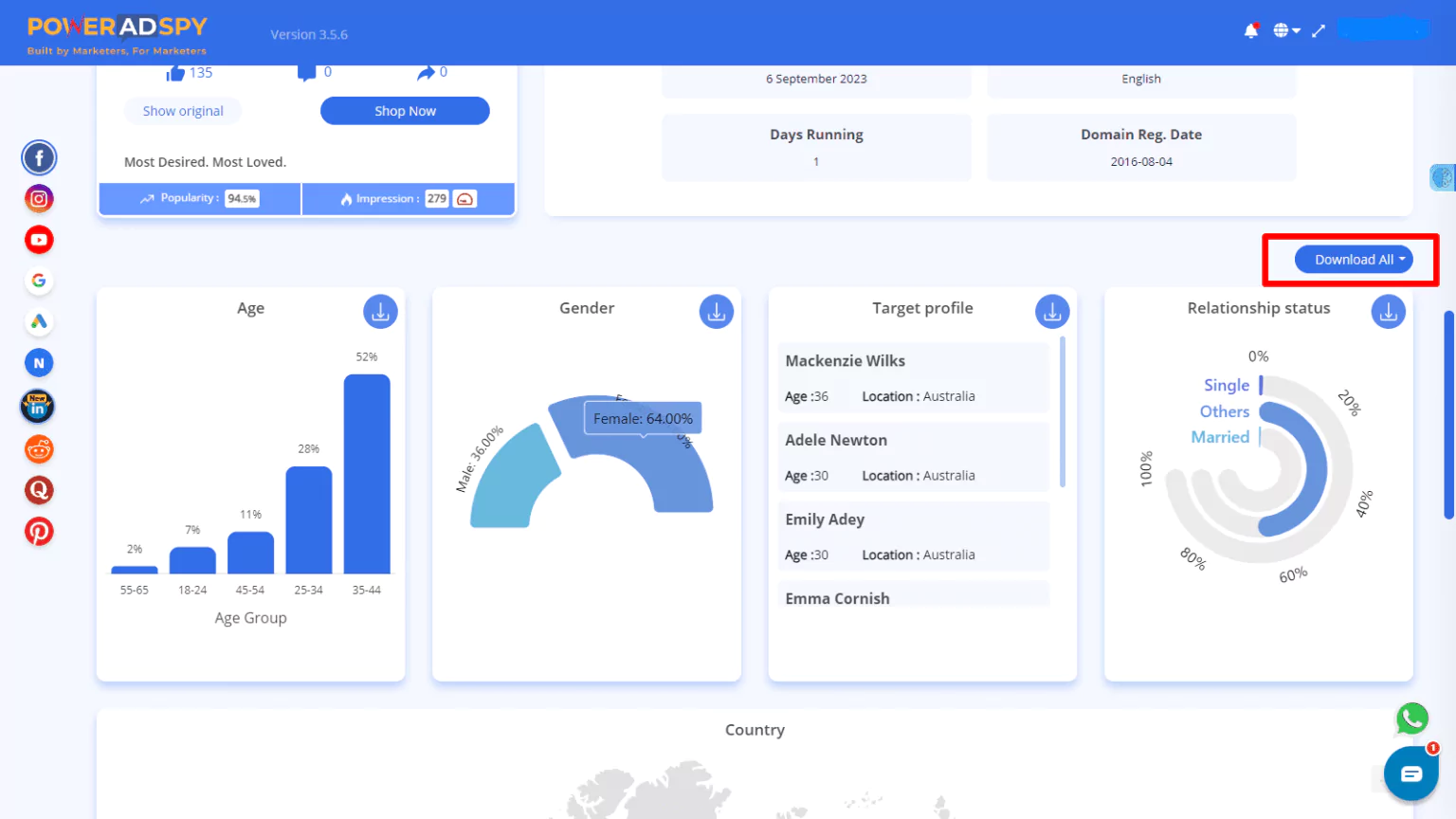
PowerAdSpy allows you to download ad creatives for future reference and inspiration. Armed with insights from competitors’ ads, refine your own strategy for a unique market presence.
Now, let’s explore the seven most cost-effective ads types that encompass the advertiment principle.
Google Search Ads

Google Search Ads are a highly popular form of pay-per-click (PPC) advertising. The key advantage is that you only pay when a user clicks on your ad. These ads prominently appear in Google’s search results, allowing businesses to secure a prime position for specific keywords without the need for elaborate SEO strategies.
Benefits of Google Ads –
High Intent Audience:
Google users typically have a clear intent when they conduct searches. They are actively researching, seeking information, or considering a purchase. Advertising on Google positions your business in front of potential customers who are already interested in your product or service.
Geographical Targeting:
Google Ads enables precise geographical targeting. Businesses can choose specific keywords and focus their ad campaigns on particular geographic areas. This feature is particularly advantageous for local businesses aiming to attract customers from their immediate community.
Diverse Audience Targeting:
Many businesses cater to multiple audience segments. Google’s PPC Ads allow businesses to reach various audiences by using different sets of keywords. This versatility ensures that a wide range of potential customers can be effectively reached.
Cost Considerations –
Google Ads operates on an auction-based model, determining whether an ad will appear and its position on the search page. Here’s how it works:
- User searches, trigger keyword identification.
- Ineligible searches are disregarded (e.g., different countries, policy violations).
- Eligible ads with higher rankings are displayed. Factors include bid amount, ad quality, ad rank thresholds, search context, and ad extensions.
Well-crafted campaigns are rewarded with lower click costs and improved ad placements. Average CPC typically ranges from $1 to $2, subject to location, industry, and chosen keywords.
Facebook Ads

For small business owners, Facebook stands out as one of the most effective ads platforms. It boasts a massive user base, with over two billion monthly active users worldwide. What’s even more compelling is that these users visit the site approximately eight times a day on average.
One of the standout features of Facebook Ads is the ability to target a specific audience chosen by the advertiser. This level of precision can greatly enhance the effectiveness of advertising efforts.
Benefits of Facebook Ads –
Cost-Effective Reach:
Facebook Ads offer small businesses a budget-friendly way to connect with their target audience, providing cost savings compared to other marketing channels.
Precise Audience Targeting:
Facebook’s precision in audience targeting is unmatched. Advertisers can tailor campaigns based on criteria such as location, age, education, relationship status, interests, and behaviours, ensuring seamless outreach to the intended audience.
Remarketing Opportunities:
To build lasting customer relationships, multiple touchpoints are often necessary. Facebook’s remarketing capabilities allow businesses to re-engage with previous website visitors, increasing touchpoints in the marketing journey and boosting the chances of generating leads and sales.
Cost Considerations –
Similar to Google Ads, Facebook Ads operates on an auction-based model. On average, the cost per click (CPC) for Facebook Ads is around $1.72. However, it’s worth noting that this figure can vary significantly based on the industry.
Additionally, the average cost per action (CPA) rate on Facebook Ads is approximately $18.68. Again, this rate varies depending on the specific industry in which a business operates.
Check Out This Video:
YouTube Ads

Video is a highly engaging and effective ads way to convey your message to potential customers, and YouTube Ads offer the most cost-effective way to tap into this medium. It is the second-largest search engine globally, with billions of users watching videos every day.
Benefits of YouTube Ads –
Massive Audience:
With billions of daily viewers, YouTube ranks as the second-largest global search engine. This vast audience provides an excellent opportunity to boost brand visibility and reach potential customers on a global scale.
Ad Format Variety:
YouTube offers diverse ad formats, catering to different objectives. These options allow businesses to choose the format that best aligns with their goals and tailor their advertising strategy accordingly.
Quick Viewer Engagement:
Skippable in-stream ads require immediate viewer engagement, as users can skip them after just five seconds. This time constraint encourages businesses to create compelling content from the very start to capture viewers’ attention effectively.
Continuous Engagement:
Non-skippable in-stream ads, though shorter, keep viewers engaged throughout the ad’s duration, ensuring that the message is delivered effectively and memorably.
LinkedIn Sponsored InMail
LinkedIn boasts a network of over 610 million business professionals, making it an invaluable platform for businesses targeting busy professionals, other companies, or enterprises. Leveraging LinkedIn ads can be a game-changer for local businesses offering services to this audience.
Benefits of LinkedIn Sponsored InMail –
Personalized Engagement:
Sponsored InMail on LinkedIn enables businesses to send highly personalized messages to prospects. This includes targeting specific audiences with tailored content, akin to email campaigns, but within the LinkedIn messenger.
Engaged Recipients:
Sponsored InMail messages are delivered only to actively engaged users, ensuring that your content reaches an attentive audience. Additionally, these ads are sent no more than once every 60 days, guaranteeing that your messages arrive in an uncluttered inbox.
Cost Considerations –
Bidding Auction:
Sponsored InMail campaigns operate as bidding auctions to reach a defined target audience.
Cost-Per-Send:
Advertisers pay for Sponsored InMail messages on a cost-per-send basis, meaning you are charged for each unit delivered. There is a minimum total campaign budget requirement of $25.00.
Google Maps PPC Ads

For local businesses, Google Maps marketing is a potent strategy. It taps into Google Maps’ vast user base, with over one billion users, a likely pool of potential customers.
But that’s not all.
Recent stats show that 84% of consumers conduct local searches. Among them, a substantial 75% are likely to visit a physical store within 24 hours after searching for nearby products, services, or locations. Even more enticing, around 28% of these searches result in an actual purchase.
Benefits of Google Maps Ads –
Boost Store Visits and Inquiries:
Local search ads elevate your business location to the top of local search results, ensuring that you don’t miss out on foot traffic from nearby customers. Additionally, by providing a phone number in your Effective ads, you can anticipate an increase in inquiries and orders.
Enhance Business Insight:
Local search ads also connect to your business location page, offering a wealth of supplementary information such as addresses, customer reviews, photos, and operating hours. This provides potential customers with a comprehensive understanding of your business.
Cost Considerations –
Pay-Per-Click Model:
Google Maps Ads operate on a pay-per-click model, meaning advertisers are charged based on user interactions like obtaining location details, requesting directions, or clicking to call.
Varied Pricing:
The cost of securing a top position in Google Maps search listings varies, primarily based on your industry. However, it typically falls within the range of $25 to $150.
Google Display or Banner Ads

Google Display Ads, those eye-catching visual banners that grace advertising-supported websites, are omnipresent in the online landscape. These ads share similarities with paid search ads, featuring a headline, text, and URL.
However, what sets them apart is their vibrant ad design, incorporating graphics, videos, or audio elements that make them stand out on web pages.
Unlike search ads that appear in search engine results, display Effective ads find their place on websites relevant to your product or service.
Benefits of Google Display or Banner Ads –
Remarketing:
Google Display Ads empower you to re-engage with website visitors who have already expressed genuine interest in your business. This potent remarketing capability strengthens visitor engagement with your brand.
Visual and Multimedia Appeal:
Unlike Google search ads, the Google Display Network welcomes visually captivating advertisements, including videos and audio elements. This multimedia approach results in more captivating and engaging ads.
Expansive Audience Reach:
The Google Display Network spans a vast network of over two million websites. In contrast to Google search ads, where users actively search for keywords, the Display Network extends your ad’s reach to a broader audience, including those who may not use Google search.
Cost Considerations –
Google Display Ads allows you to retain control over your expenses by giving you the flexibility to set your desired price. Similar to Google Search and Facebook Ads, Google Display Ads operate through an auction mechanism.
You can opt for payment methods such as:
- Cost per click (CPC)
- Cost per thousand impressions (CPM)
- Cost per acquisition (CPA)
It’s important to note that Effective ads on the Google Display network typically exhibit lower clickthrough rates. On average, the cost per click for ads on the Google Display Network remains below $0.58.
Read More
9 Tips To Write Best Facebook Ads Ever
7 Strategies for Decoding Competitor Ads
Maximize Your Advertisement Reach on YouTube
Decode CPM Bid Metrics: How To Optimize The Campaign
Google Shopping Ads
Google Shopping ads are product listings that showcase essential details such as your brand, product image, name, and price. Occasionally, they may also feature reviews or exclusive offers like discounts or free shipping.
Benefits of Google Shopping Ads –
Enhanced Conversions and Cost Efficiency:
Google Shopping ads deliver impressive results with a 26% higher conversion rate and a 23% lower CPC (Cost Per Click) rate compared to search text ads. This translates into selling more while spending less, ultimately providing your business with a superior ROI (Return on Investment).
Quality Leads:
These ads provide shoppers with comprehensive information, including brand, product image, name, reviews, and promotions. This wealth of data enables shoppers to familiarize themselves with the product, making them more likely to click and less likely to bounce from your site because they already know what to expect.
Cost Considerations –
The cost of Google Shopping Ads is flexible and determined by the level of visibility you desire for your products. You have the autonomy to set your daily budget and PPC (Pay-Per-Click) bids based on your business objectives.
What Is The Best Form Of Advertisement?
The answer isn’t one-size-fits-all, as the effectiveness of an advertising method depends on your specific business, goals, and target audience. The best form of advertisement for your small business is the one that aligns with your budget, resonates with your audience, and drives the desired results.
Good advertisements combine the right mix of these most cost-effective methods, tailored to your unique circumstances. Experiment, measure your results, and adjust your strategy accordingly to find the Effective ads blend for your small business.
Now, here are some effective advertising examples:
Google Shopping Ads Example:-
Facebook Shopping Ads Example:-
Conclusion
In the ever-evolving world of advertising, small businesses must leverage cost-effective ads types to compete effectively. Going digital and utilizing social platforms can help small businesses achieve their marketing goals without overspending.
To make your advertising campaigns even more effective, consider using competitive intelligence tools like PowerAdSpy to gain insights from your competitors’ ads successful strategies.
Remember that the key to Effective ads is not just the medium you choose but also the relevance, creativity, and targeting of your ads. By carefully planning and executing your advertising campaigns, small businesses


